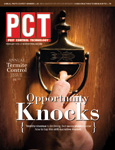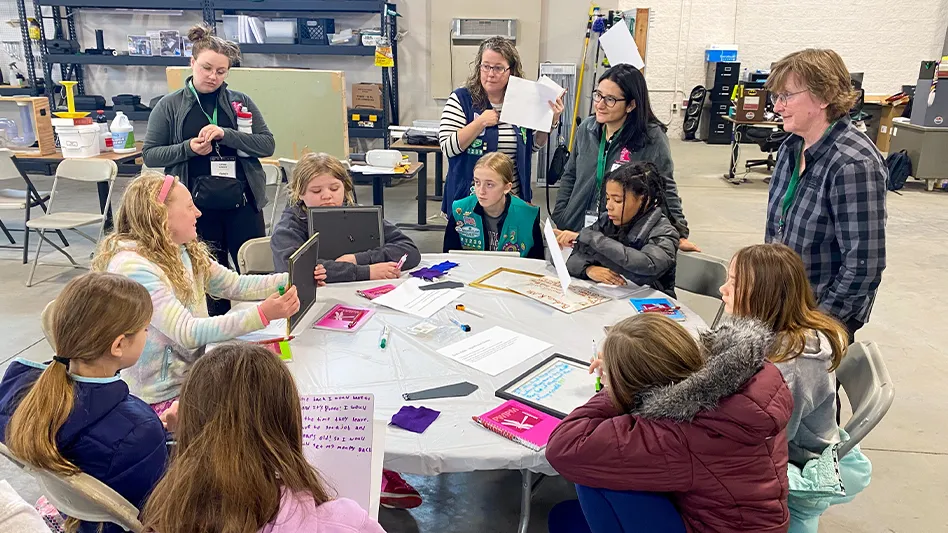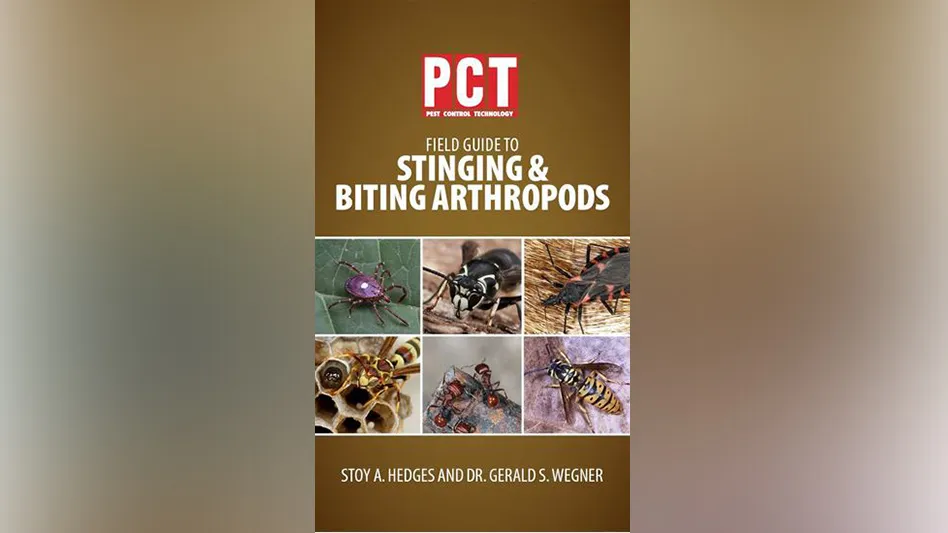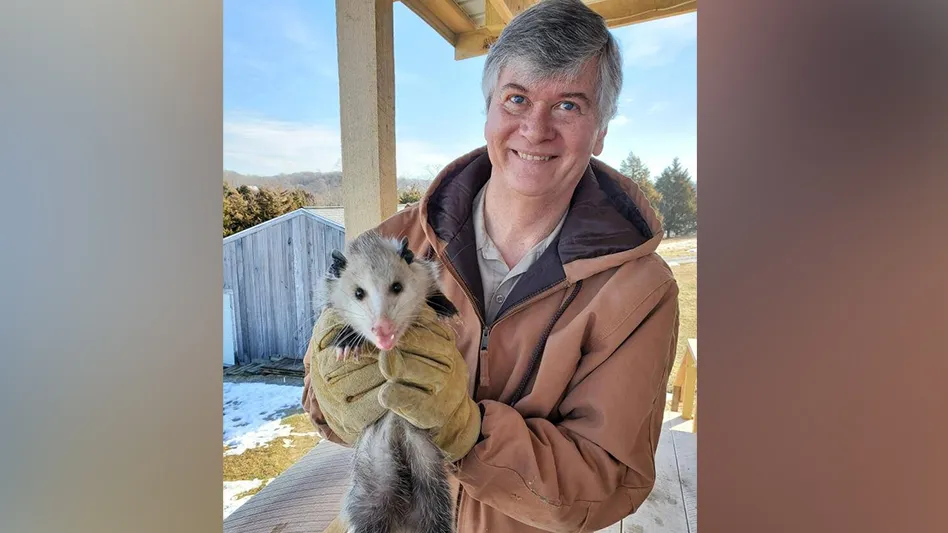There are a number of insect pests that normally are quite happy outdoors (many are plant feeders) until it gets cold in the fall. Then their internal clock tells them it’s time to find a protected place to wait out the winter.
Most customers don’t even notice the gradual migration of these overwintering pests inside. These pests are sometimes first noticed on the sunny outside walls of the building. They end up in attics, wall voids, behind baseboards, behind draperies, under carpet edges, and in various cracks and crevices.
During the first warm days in spring (and sometimes during warm spells in the winter), these insects become active again and start looking for a way to get back outside. Some of them can emerge from their hiding places in large numbers and will fly to doors or windows. They are usually sluggish as they bumble about and can be easily caught, or squashed, or vacuumed. In some cases, voids may need to be treated with a product labeled for that use.
*****
The Flights of Spring
Just the right mix of warmth, light, and rain triggers swarms of winged termites. Through much of the country, spring is peak swarming season, and by now the phone calls should be flooding in.
But spring isn’t the only swarming season. Along the Pacific coast termites swarm primarily in the fall, with secondary swarms in the spring. And dampwood termites swarm between July and October. One drywood termite species swarms during the daytime in the fall in California, and at night in July in Arizona. And in the far north, termites rarely swarm at all.
Both male and female reproductives swarm. The purpose of the flight is to find a mate and begin a new colony. The pair break off their wings and dig a nest in the ground before mating.
Winged termites have a weak, fluttering flight and normally don’t travel far unless carried by wind. Although their numbers are impressive, most die of injury or are eaten by birds or insects. Swarmers fly towards light. So if you find winged termites at a window, don’t assume they emerged there. They may have come from across the room, out of a heat register, or from a hall closet.
When you see termite swarmers you know you’re dealing with a mature colony that has been developing for a number of years. The number of swarmers that emerge is proportional to the size and age of the termite colony. Most subterranean colonies don’t swarm until they’re 4 years old, and large swarms don’t occur until the colony is 8-10 years old. There may be more than one swarm from a colony per season if the initial swarm is interrupted due to a change in environmental conditions or attack by predators.
One final point: Even after you have successfully completed a termite job, swarmers can remain safely above ground in their tubes or "castles" in damaged wood. A swarm emerging weeks or even a month after treatment doesn’t necessarily mean the treatment was ineffective. Some companies supplement their regular termite treatment with a wood injection treatment in badly-infested wood to kill above-ground workers and swarmers.
*****
Some of these overwintering pests can be controlled by spraying their host plants in the fall when they are ready to migrate or by properly timed perimeter sprays to keep them from entering the structure. Timing the sprays, though, is often tricky. Pestproofing with door sweeps, and sealing of openings around conduits, windows, vents, etc. (especially on the sunny side) is important to keep seasonal pests from entering.
Asian lady beetle. The numbers of this beetle have mushroomed in recent years. Asian lady beetles are considered beneficial since they are predators on other insects, mostly those that feed on crops. But people living near crop fields have to deal with a massive migration when the beetles seek shelter in the fall. There is evidence that the Asian lady beetle may cause allergic reactions in sensitive people. Pest management professionals need to be careful not to crush these beetles because they can leave an orange stain on fabrics and other surfaces if crushed or mishandled.
Boxelder bug. Boxelder bugs are a striking gray-black with orange outlines. Boxelder bugs feed on the female (pod-bearing) boxelder tree. Often the best control recommendation for these bugs is to remove female boxelder trees near the structure.
Cluster fly. Larvae of the cluster fly are parasites on earthworms in the soil. Structures near pastures or with large lawns often have the greatest problem. The adult fly looks similar to a house fly but is larger. These flies are known for overwintering inside in large numbers and for the irritating buzzing noise they make as they bumble into windows. When crushed, the cluster fly leaves a greasy stain with the odor of "buckwheat honey."
Elm leaf beetle. Elm leaf beetle adults are olive green and yellow. Larvae and adults both feed on the leaves of elm trees or Japanese zelkova trees. People with these trees may be invaded by elm leaf beetles. Regularly cleaning up leaves and litter under elm trees will help to eliminate pupating larvae and overwintering adults.
Paper wasp. Paper wasps make those open-comb, umbrella-shaped nests usually under overhangs, sometimes in voids. In late summer or early fall, the paper wasp colony produces reproductives. Newly mated females, who are to be next year’s queens, look for a protected place to overwinter, often ending up in attics or wall voids. They also can be brought in on firewood. These overwintering pests may be the scariest for customers. They can sting but they are not aggressive.
Editor’s note: This article was adapted from Techletter, a biweekly publication from Pinto & Associates, Mechanicsville, Md. To subscribe, visit www.techletter.com, or call 301/884-3020.

Explore the February 2010 Issue
Check out more from this issue and find you next story to read.
Latest from Pest Control Technology
- Big Blue Bug’s Brian Goldman Receives Rhode Island Small Business Person of the Year Award
- UF Researchers Examine How Much Bait it Takes to Eliminate a Subterranean Termite Colony
- Women in Pest Control Group Continues to Grow, Provide Opportunities in the Industry
- NPMA Announces Results of 2024-2025 Board of Directors Election
- Massey Services Acquires Orange Environmental Services
- Hawx Pest Control Wins Bronze Stevie Award for Sustainability
- Abell Pest Control Highlights Growing Tick Activity Across Canada
- Syngenta's Chris Keefer Reviews Ant Control Strategies, Products in Latest Market Report





